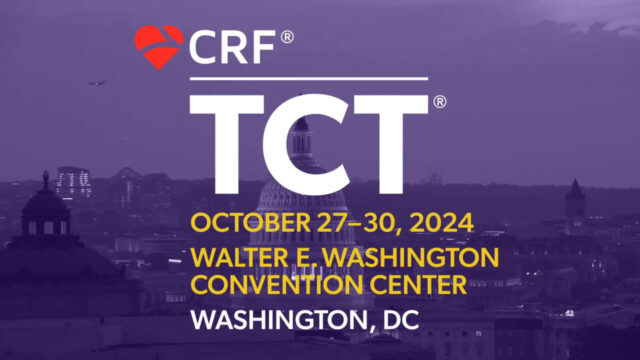In some cases, treating coronary bifurcations with provisional stenting requires side branch stenting, which may lead to suboptimal outcomes. Drug-coated balloons (DCBs) have emerged as a promising alternative for treating a compromised side branch. However, the benefit of DCBs in coronary bifurcations has not yet been fully established.

The aim of this study was to find out whether the use of DCBs vs non-compliant balloons (NCBs) might improve clinical outcomes in side branch stenting using the provisional stent technique.
Primary endpoint was a composite of target lesion failure (TLF), including cardiac death, target vessel myocardial infarction, and target vessel ischemia-driven revascularization. Secondary endpoints were the individual primary end components and stent thrombosis.
A total of 784 patients were randomized. 391 received DCBs and 393 NCBs. Mean patient age was 63, and they were mostly men. The most frequent clinical presentation was unstable angina, followed by non-ST segment elevation myocardial infarction (NSTEMI). The primary outcome was seen in 7.2% of DCB patients and 12.5% NCB patients (HR 0.56, 95% CI [0.65-0.88]; p = 0.013).
There were no significant interactions at subgroup analysis, though greater benefits were seen in patients over 65 years and in bifurcations not involving the left main coronary artery.
Conclusions
This study showed that the use of drug-coated balloons (DCBs) in the side branch, within the context of the provisional stenting, resulted in lower risk of target lesion failure (TLF) at 1-year follow-up vs non-compliant balloons (NCBs).
Original Title: Drug-coated balloon angioplasty for side branch during provisional stenting: the prospective, multicenter, randomized DCB-BIF Trial.
Reference: Shao-Liang Chen, MD et al TCT 2024.
Subscribe to our weekly newsletter
Get the latest scientific articles on interventional cardiology





